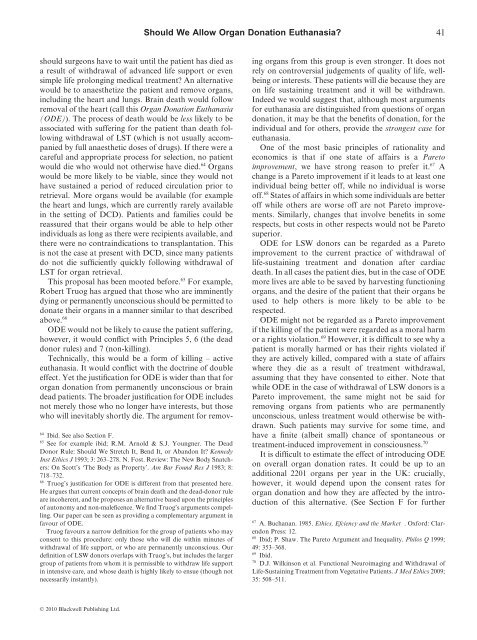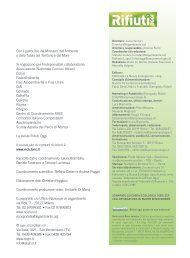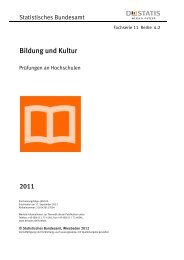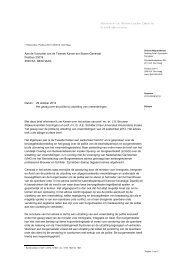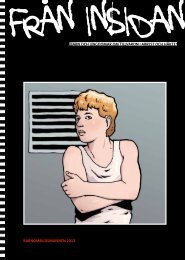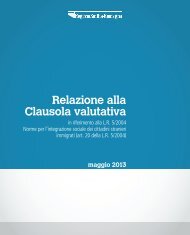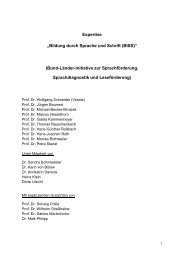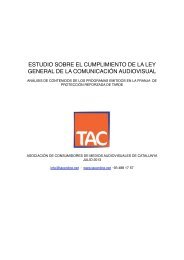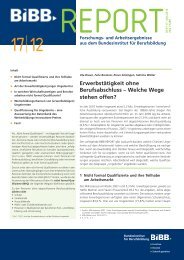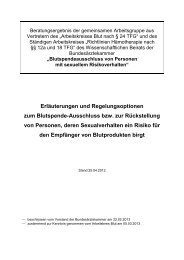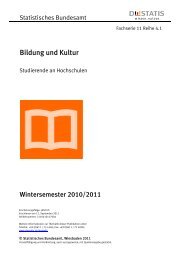should we allow organ donation euthanasia? - Wiley Online Library
should we allow organ donation euthanasia? - Wiley Online Library
should we allow organ donation euthanasia? - Wiley Online Library
You also want an ePaper? Increase the reach of your titles
YUMPU automatically turns print PDFs into web optimized ePapers that Google loves.
Should We Allow Organ Donation Euthanasia? 4164 Ibid. See also Section F.65See for example ibid; R.M. Arnold & S.J. Youngner. The DeadDonor Rule: Should We Stretch It, Bend It, or Abandon It? KennedyInst Ethics J 1993; 3: 263–278. N. Fost. Review: The New Body Snatchers:On Scott’s ‘The Body as Property’. Am Bar Found Res J 1983; 8:718–732.66Truog’s justification for ODE is different from that presented here.He argues that current concepts of brain death and the dead-donor ruleare incoherent, and he proposes an alternative based upon the principlesof autonomy and non-maleficence. We find Truog’s arguments compelling.Our paper can be seen as providing a complementary argument infavour of ODE.Truog favours a narrow definition for the group of patients who mayconsent to this procedure: only those who will die within minutes ofwithdrawal of life support, or who are permanently unconscious. Ourdefinition of LSW donors overlaps with Truog’s, but includes the largergroup of patients from whom it is permissible to withdraw life supportin intensive care, and whose death is highly likely to ensue (though notnecessarily instantly).<strong>should</strong> surgeons have to wait until the patient has died asa result of withdrawal of advanced life support or evensimple life prolonging medical treatment? An alternativewould be to anaesthetize the patient and remove <strong>organ</strong>s,including the heart and lungs. Brain death would followremoval of the heart (call this Organ Donation Euthanasia(ODE)). The process of death would be less likely to beassociated with suffering for the patient than death followingwithdrawal of LST (which is not usually accompaniedby full anaesthetic doses of drugs). If there <strong>we</strong>re acareful and appropriate process for selection, no patientwould die who would not otherwise have died. 64 Organswould be more likely to be viable, since they would nothave sustained a period of reduced circulation prior toretrieval. More <strong>organ</strong>s would be available (for examplethe heart and lungs, which are currently rarely availablein the setting of DCD). Patients and families could bereassured that their <strong>organ</strong>s would be able to help otherindividuals as long as there <strong>we</strong>re recipients available, andthere <strong>we</strong>re no contraindications to transplantation. Thisis not the case at present with DCD, since many patientsdo not die sufficiently quickly following withdrawal ofLST for <strong>organ</strong> retrieval.This proposal has been mooted before. 65 For example,Robert Truog has argued that those who are imminentlydying or permanently unconscious <strong>should</strong> be permitted todonate their <strong>organ</strong>s in a manner similar to that describedabove. 66ODE would not be likely to cause the patient suffering,ho<strong>we</strong>ver, it would conflict with Principles 5, 6 (the deaddonor rules) and 7 (non-killing).Technically, this would be a form of killing – active<strong>euthanasia</strong>. It would conflict with the doctrine of doubleeffect. Yet the justification for ODE is wider than that for<strong>organ</strong> <strong>donation</strong> from permanently unconscious or braindead patients. The broader justification for ODE includesnot merely those who no longer have interests, but thosewho will inevitably shortly die. The argument for removing<strong>organ</strong>s from this group is even stronger. It does notrely on controversial judgements of quality of life, <strong>we</strong>llbeingor interests. These patients will die because they areon life sustaining treatment and it will be withdrawn.Indeed <strong>we</strong> would suggest that, although most argumentsfor <strong>euthanasia</strong> are distinguished from questions of <strong>organ</strong><strong>donation</strong>, it may be that the benefits of <strong>donation</strong>, for theindividual and for others, provide the strongest case for<strong>euthanasia</strong>.One of the most basic principles of rationality andeconomics is that if one state of affairs is a Paretoimprovement, <strong>we</strong> have strong reason to prefer it. 67 Achange is a Pareto improvement if it leads to at least oneindividual being better off, while no individual is worseoff. 68 States of affairs in which some individuals are betteroff while others are worse off are not Pareto improvements.Similarly, changes that involve benefits in somerespects, but costs in other respects would not be Paretosuperior.ODE for LSW donors can be regarded as a Paretoimprovement to the current practice of withdrawal oflife-sustaining treatment and <strong>donation</strong> after cardiacdeath. In all cases the patient dies, but in the case of ODEmore lives are able to be saved by harvesting functioning<strong>organ</strong>s, and the desire of the patient that their <strong>organ</strong>s beused to help others is more likely to be able to berespected.ODE might not be regarded as a Pareto improvementif the killing of the patient <strong>we</strong>re regarded as a moral harmor a rights violation. 69 Ho<strong>we</strong>ver, it is difficult to see why apatient is morally harmed or has their rights violated ifthey are actively killed, compared with a state of affairswhere they die as a result of treatment withdrawal,assuming that they have consented to either. Note thatwhile ODE in the case of withdrawal of LSW donors is aPareto improvement, the same might not be said forremoving <strong>organ</strong>s from patients who are permanentlyunconscious, unless treatment would otherwise be withdrawn.Such patients may survive for some time, andhave a finite (albeit small) chance of spontaneous ortreatment-induced improvement in consciousness. 70It is difficult to estimate the effect of introducing ODEon overall <strong>organ</strong> <strong>donation</strong> rates. It could be up to anadditional 2201 <strong>organ</strong>s per year in the UK: crucially,ho<strong>we</strong>ver, it would depend upon the consent rates for<strong>organ</strong> <strong>donation</strong> and how they are affected by the introductionof this alternative. (See Section F for further67A. Buchanan. 1985. Ethics, EfÞciency and the Market . Oxford: ClarendonPress: 12.68Ibid; P. Shaw. The Pareto Argument and Inequality. Philos Q 1999;49: 353–368.69 Ibid.70 D.J. Wilkinson et al. Functional Neuroimaging and Withdrawal ofLife-Sustaining Treatment from Vegetative Patients. J Med Ethics 2009;35: 508–511.© 2010 Black<strong>we</strong>ll Publishing Ltd.


